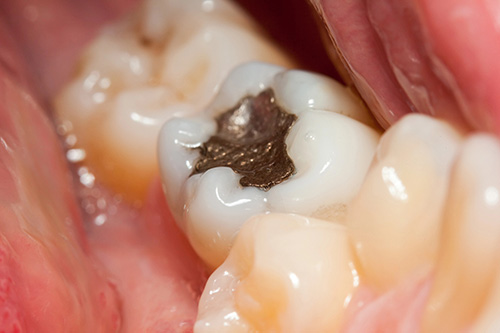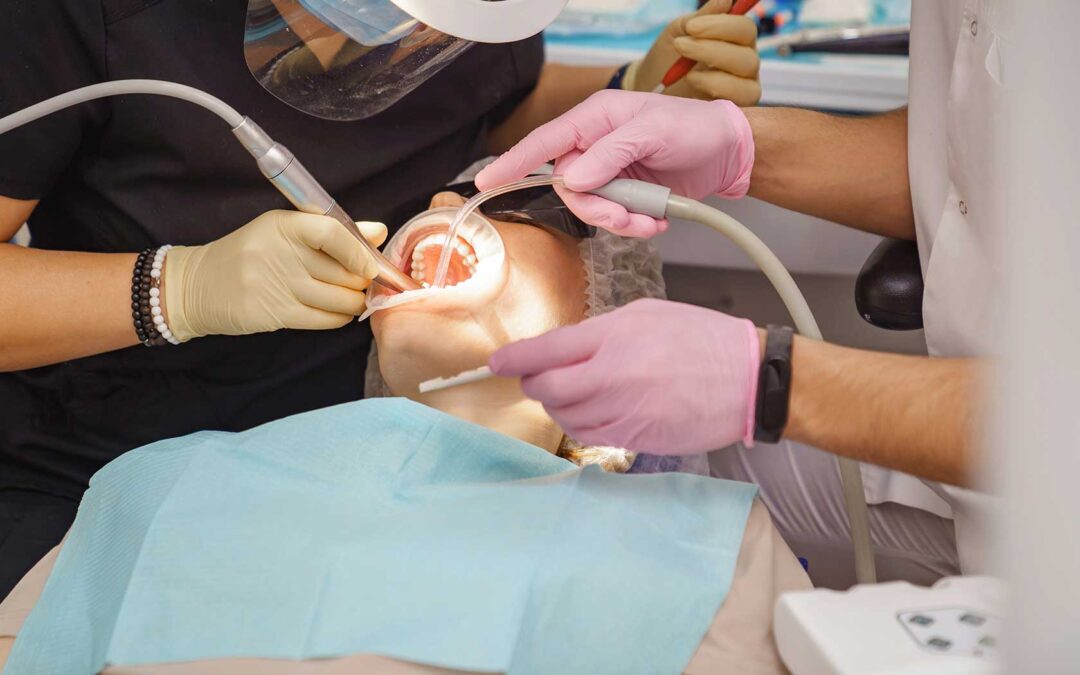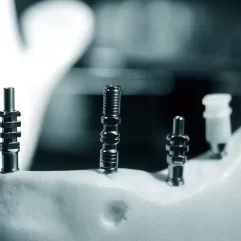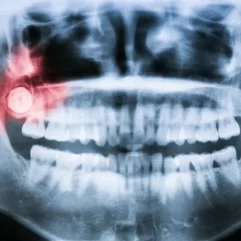The Dangers of Mercury Amalgam Fillings: Health Risks and Safe Removal
Metal-Free Dental Solutions: The Shift Away from Amalgam Fillings Towards Safer Alternatives
Mercury amalgam removal is a widespread practice in the dental industry globally. Since the early 19th century, mercury amalgam fillings have been a popular method for fixing damaged teeth. However, with increasing concerns about the potential health risks linked to mercury exposure, many individuals are now contemplating the removal of their amalgam fillings. Studies have indicated that mercury vapor emitted from amalgam fillings can be absorbed by the body, potentially causing long-term health problems.
The article supporting the health risks of mercury amalgam fillings is Symptoms of Mercury Poisoning, a blog post by Healthy and Natural World.
It is now widely accepted that removing mercury amalgam fillings is a safe and effective way to reduce the risk of mercury exposure. Many dentists and healthcare professionals specialize in safely removing amalgam fillings, ensuring minimal exposure to mercury vapor during the removal process. These specialists follow strict protocols to protect patients and themselves from mercury exposure.
While some may be hesitant to undergo the mercury amalgam removal process due to fears of cost or safety concerns, it is important to understand that affordable and safe mercury amalgam removal options are available for those looking to remove their amalgam fillings. Individuals can take proactive steps toward protecting their oral and overall health by educating themselves on the health risks of retaining mercury amalgam fillings and seeking qualified professionals to remove them.
The Health Risks of Mercury in Amalgam Fillings
Should They be Removed?

A close-up of a tooth with a silver amalgam filling.
Mercury amalgam has been widely used to repair decayed or damaged teeth for many years. They are made from a blend of metals, including silver, mercury, tin, and copper, and are known for their strength and durability. However, concerns have recently been raised about the potential health risks associated with mercury in amalgam fillings and the necessity for their removal.
Mercury is a toxic substance that can harm the human body in high concentrations. While the mercury in amalgam fillings is combined with other metals to create a stable compound, there are still concerns about releasing mercury vapors during mercury amalgam removal or through everyday activities like chewing and teeth grinding. Some individuals, like pregnant women, children, and those with certain medical conditions, may be more susceptible to the harmful effects of mercury exposure.
Safe Practices for Mercury Amalgam Removal
Protecting Against Mercury Exposure in Dental Procedures
Removing amalgam fillings is not as simple as drilling out the old filling and replacing it with a new one. Special precautions must be taken to minimize exposure to mercury vapors and ensure the safety of both the patient and dental staff. This involves using a rubber dam to isolate the treated tooth, high-speed suction to eliminate debris and vapors, and providing the patient with a mask or oxygen to reduce inhalation of mercury vapors.
Additionally, proper ventilation in the treatment room is crucial in preventing the accumulation of mercury vapors. Some dentists use a dental air purifier to filter out mercury vapors from the air. Patients are advised to thoroughly rinse their mouths after removing the amalgam filling to reduce the risk of ingesting mercury particles.
Alternatives to Amalgam Fillings
Exploring Materials for Safe and Aesthetic Tooth Restorations
After completing a mercury amalgam removal process, the tooth can be filled with a safer alternative, like a composite or porcelain filling that does not contain mercury and blends with the tooth’s natural color. In some cases, a ceramic inlay or onlay may be used to restore the tooth’s function and appearance.
Amalgam fillings can be replaced with various materials, including:
- Composite Resin: A tooth-colored material made of a blend of plastic and glass particles that bonds to the tooth and provides a natural appearance.
- Porcelain: A strong, durable material that can be customized to match the color and shape of the natural teeth.
- Glass Ionomer: A tooth-colored material that releases fluoride to help protect against decay and can be used for small to medium-sized fillings.
- Ceramic Inlays or Onlays: Custom-made restorations fabricated in a dental laboratory bonded to the tooth to restore its function and appearance.
Our blog posts, Dental Fillings & Bonding and Dental Crown Types, Material, and Costs, detail these materials.
Advancements in Dental Materials
Moving Towards a Mercury-Free Future in Tooth Restorations

Today, mercury amalgam is being replaced by safer, more natural materials.
While the debate over the risks of mercury exposure from amalgam fillings continues, it is important to note that newer generations may never have to deal with amalgam fillings due to advancements in dental materials and preventive measures. Clinics in Mexico have been mercury-free for several years, opting for composite, glass ionomer, or crown replacements for amalgam fillings. Adhering to strict protocols for safe mercury removal, these clinics provide affordable options for patients seeking non-mercury restorations. This includes offering competitive prices and discounts for multiple metal-free crowns and mercury amalgam removal procedures.
If you need to replace an old amalgam filling or are advised by a healthcare provider to remove mercury fillings for health reasons, metal-free options like all-ceramic crowns are available. Most dental clinics in Mexico follow stringent protocols for amalgam mercury removal, ensuring patient safety and effectiveness. These protocols include performing removal procedures in a closed room, providing oxygen if needed, using a rubber dam for isolation, utilizing high-volume suction at all times, and properly disposing of mercury amalgam waste.
Our doctors in Mexico adhere to recommended safety protocols for removing mercury amalgam, which include the following:
- Amalgam mercury removal is done in a separate, closed room
- The patient is given oxygen to breathe if needed
- A rubber dam is placed to isolate the tooth
- A high-volume evacuation suction is used at all times
- Water is present during the entire process to keep the filling cool during the removal
- The amalgam is removed in the most significant chunks possible
- The dental unit collects the mercury amalgam in a filter trap system for proper disposal
- An antibacterial dental liner is placed before the restoration to reduce sensitivity
Our vetted dental clinics in Mexico have been devoted to utilizing advanced materials for many years. Lower costs for dental care in Mexico should not be assumed to equate to lower-quality techniques. We uphold high standards for your dental care.
In Conclusion
While the process can be complex and costly, the benefits of having these fillings removed, such as improving overall health and reducing the risk of mercury toxicity, outweigh the potential challenges. Working with a qualified dentist who follows proper protocols for safe removal is crucial to minimize any risks during the process. Ultimately, choosing to have mercury amalgam fillings removed can lead to better overall health and peace of mind for those who are seeking a mercury-free dental restoration.
Removing mercury amalgam is a crucial step in enhancing overall health and well-being. Although the process may be complicated and expensive in the United States and Canada, the advantages of removing mercury amalgam fillings in Mexico surpass the potential risks.
By conducting thorough research and selecting a qualified professional who follows appropriate safety measures, receiving treatment in Mexico can be a secure and economical choice. With proficient dentists and up-to-date facilities, patients can trust their decision to undergo amalgam removal in Mexico. By taking essential measures to reduce mercury exposure, people can safeguard their health and improve their quality of life.
If you have questions or need additional information, please get in touch with Us or Request a Quote to send us your dental inquiry, and we’ll get back to you.












